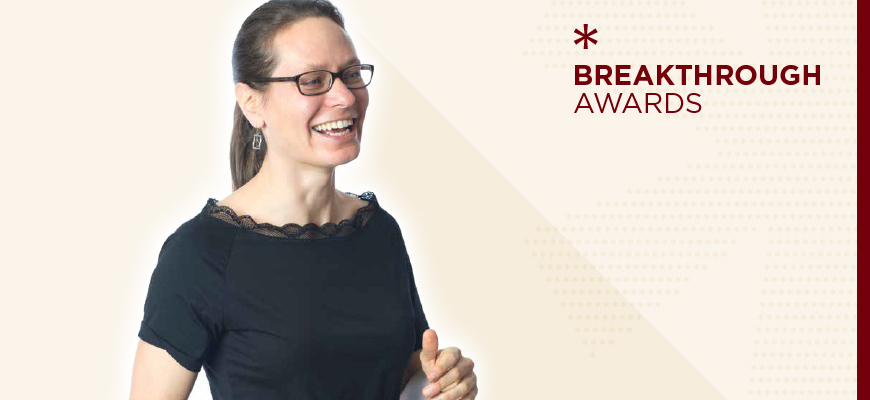
Deep sea science
Oceanography researcher leads science into the extreme depths of Earth
Posted on: August 3, 2018; Updated on: August 3, 2018
By Julie Smith-Turner, turne292@mailbox.sc.edu, 803-777-1716
As an undergraduate chemistry student, Susan Lang’s earliest interest in deep-sea oceanography sprang from a land-locked place.
“I watched a NOVA special on PBS about deep-sea hydrothermal vents,” says Lang, an assistant professor in the School of Earth, Ocean and Environment at USC. “I thought they were so amazing and beautiful, watching the black smoke going into the water column.”
We’re finding out a lot about what the limits of life are — how far can you push life before life is no longer possible.
Susan Lang
That same early wonder is the driving force behind her internationally respected leadership on two global research programs that offer a direct window into how life formed on Earth and could be forming today on other planets. In the past four years, Lang has worked on and often led international collaborations at the Atlantis Massif subsurface and an upcoming expedition into the Lost City Hydrothermal Field, a geological environment so valuable it’s under consideration for protection by the UNESCO World Heritage Center.
Lang’s research has shed light on many surprising secrets of extreme underwater environments. Perhaps no discovery is more seminal than her finding that geochemical cycles can produce organic molecules abiotically — that is, without living organisms.
“We’re finding out a lot about what the limits of life are — how far can you push life before life is no longer possible,” says Lang. “Lost City may be a living example of the earliest transitions from non-biological to biological processes, and representative of similar processes on other planetary bodies.”
Lang, who has twice been recognized by the National Academy of Sciences and is a sought-after presenter in earth and atmospheric sciences, has garnered close to $1 million in grant funding from research agencies including the National Science Foundation and NASA since 2014. Her efforts have helped establish a groundbreaking ocean sciences research facility at Carolina.
“We have the instruments to do our own analyses in-house and, even better, have the capability to adapt what we’re investigating based on the results we uncover,” says Lang.
While the lab makes her pioneering work more efficient, there’s another reason it is close to her heart. “My students can analyze their own samples at a learning pace, and they have time to get to know the instrumentation very well,” she says. After all, Lang says, the next rising star in ocean sciences might find inspiration through hands-on research in her lab, much like Lang’s own undersea ambition was set in motion watching a TV science show.